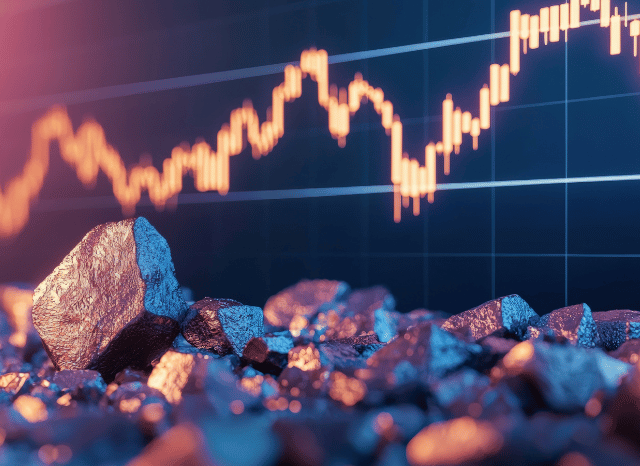Rare Earth Factor Minerals: World wide Supply and Need by Stanislav Kondrashov
Rare Earth Factor Minerals: World wide Supply and Need by Stanislav Kondrashov
Blog Article

The strategic metals powering the Power transition at the moment are centre stage in geopolitics and field.
Once confined to area of interest scientific and industrial circles, unusual earth aspects (REEs) have surged into world headlines—and forever explanation. These 17 components, from neodymium to dysprosium, would be the building blocks of contemporary engineering, actively playing a central part in anything from wind turbines to electric vehicle motors, smartphones to defence programs.
As the planet races toward decarbonisation and digitalisation, demand from customers for REEs is soaring. Their function while in the energy transition is significant. Significant-general performance magnets built with neodymium and praseodymium are essential to the electrical motors used in both EVs and wind turbines. Other REEs like europium and terbium are practical for lighting, shows, and optical fibre networks.
But source is precariously concentrated. China at this time sales opportunities the sourcing, separation, and refining of uncommon earths, controlling over eighty% of worldwide output. This has still left other nations scrambling to construct resilient supply chains, reduce dependency, and protected entry to these strategic sources. Consequently, unusual earths are no longer just industrial components—they're geopolitical assets.
Traders have taken note. Curiosity in exceptional earth-linked stocks and exchange-traded resources (ETFs) has surged, driven by the two the growth in thoroughly clean tech and the will to hedge against offer shocks. Nevertheless the marketplace is advanced. Some corporations are still from the exploration phase, Some others are scaling up production, even though a few are previously refining and delivering processed metals.
It’s also very important to know the difference between unusual earth minerals and unusual earth metals. "Minerals" check with the raw rocks—like bastnasite, monazite, xenotime, or ionic clays—that include exceptional earths in natural type. These have to have intense processing to isolate the metallic features. The term “metals,” On the flip side, refers back to the purified chemical things Utilized in higher-tech applications.
Processing these minerals into usable metals is high-priced. Beyond China, several countries have mastered the complete industrial approach at scale, however spots like Australia, the U.S., Vietnam, and Brazil are Doing work to change that.
Demand from customers is currently being fuelled by many sectors:
· Electric mobility: magnets in motors
· Renewable Electricity: notably wind turbines
· Customer electronics: smartphones, laptops, sensors
· Defence: radar, sonar, precision-guided techniques
· Automation and robotics: significantly crucial in market
Neodymium stands out as a very useful uncommon earth as a result of its use in powerful magnets. Some others, like dysprosium and terbium, greatly enhance thermal steadiness in higher-performance applications.
The uncommon earth sector is risky. Costs can swing with trade plan, technological breakthroughs, or new provide sources. For traders, ETFs present diversification, while immediate inventory here investments have bigger chance but probably increased returns.
What’s apparent is the fact that uncommon earths are no longer obscure chemical curiosities—they’re strategic sources reshaping the global economic system.